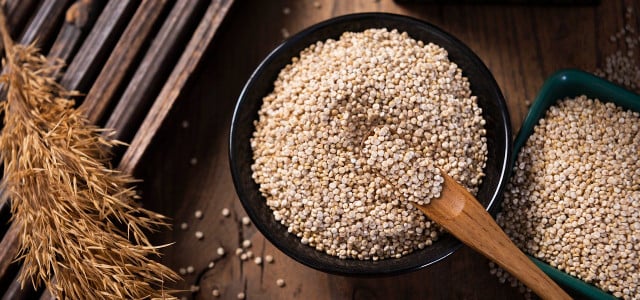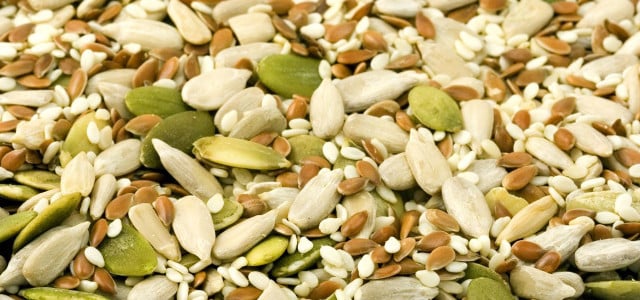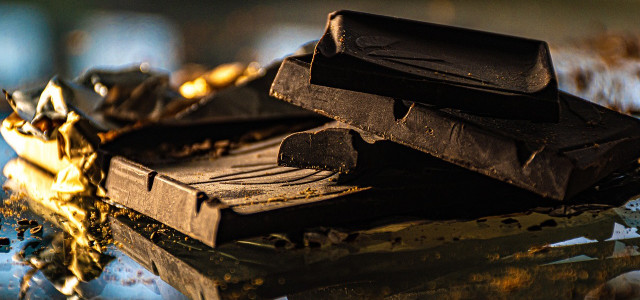Where does quinoa come from? This ancient crop has gained popularity for its high protein content and nutrient density, but is quinoa production sustainable?
Over the last decade, quinoa has skyrocketed in popularity, going from being almost virtually unknown outside of its native region to becoming an internationally beloved superfood. This grain-like seed is sought after for its many health benefits, but its sudden rise to fame has accompanied consequences for Indigenous farmers and the environment. We’ll take a closer look at where quinoa comes from, the effects of its production and how you can consume it responsibly.
What Is Quinoa and Where Does it Come From?
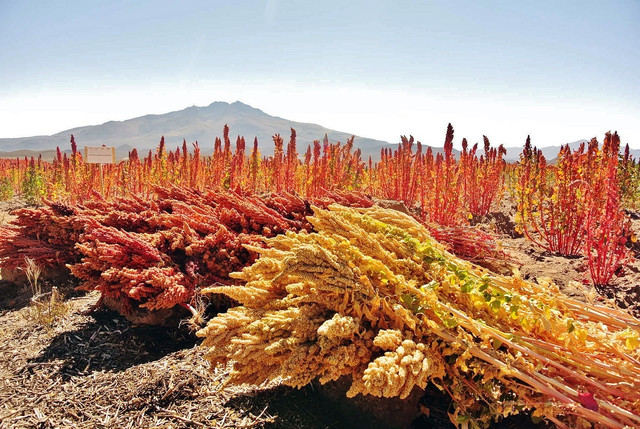
Quinoa (pronounced KEEN-wa) is an ancient grain-like seed with a nutty flavor and pleasant texture Indigenous to the Andes mountains in South America — modern-day Peru, Bolivia and Chile. A staple crop in Incan civilizations, humans have cultivated quinoa for a whopping 5000 years.
Despite its appearance, quinoa is not a true grain. This pseudo-cereal, technically a chenopod, is a member of the Goosefoot family, including leafy vegetables such as spinach and Swiss chard.
Quinoa plants, which the Incans considered sacred, are unique for several reasons. First, they can grow in very harsh conditions, at high altitudes, in extreme weather and with little water in low-quality soil. Second, their seeds are incredibly nutrient-dense and contain unusually high protein. One cup of cooked quinoa contains 8 grams of protein, which is a lot compared to other common grains like rice (4.4 grams), corn (3.3 grams) and wheat (4.8 grams). Plus, they are low in carbs and gluten-free.
Perhaps most importantly, quinoa’s protein contains all nine essential amino acids, making it one of the few plant sources of complete protein. Since the human body cannot produce these nine amino acids on its own, they must be obtained through diet. This is especially important if you follow a vegan or vegetarian lifestyle, are part of an ancient civilization trying to survive in a treacherous environment, or are an astronaut trying to stay healthy in space.
The Rising Demand for Quinoa: What’s The Problem?
Once word of this “miracle grain” reached the ears of the exploding health and gluten-free food market in industrialized countries, demand for quinoa skyrocketed, driving prices through the roof. From 2006 to 2015, quinoa production in South America more than tripled. This significantly impacted the continent, raising the standard of living for farmers across the Andes. However, it also came with some serious negative consequences:
Eroding Biodiversity: With over 3,000 genetic varieties, quinoa’s biodiversity is vast. Farmers have traditionally planted many different kinds of quinoa plants, often in the same field, to increase the security of their crop year. But global demand focuses on only a few of these varieties. So, as monoculture agriculture sets in, seeds are being genetically modified for mass production, putting pressure on farmers to use types engineered for higher yields.
Erasing Traditional Farming Practices: In the past, quinoa was grown on small farms using traditional techniques. As prices rise and production increases to meet global demand, more big companies are moving in, using modern techniques like chemical fertilizers and pesticides. Smallholder farmers, who traditionally rotated their fields and used manure as fertilizer, have become a smaller percentage of quinoa producers. Further, as farmers try to keep up with global demand, maintaining soil quality is increasingly challenging.
Land Grabbing: The increased demand for quinoa has sparked a race to obtain land suitable for producing it, leading to a (sometimes violent) land-grabbing frenzy. One story describes two warring producers in southwest Bolivia who attacked one another with grenades, dynamite and sticks.
The Good News: Quinoa is a Success Story



The meteoric rise of quinoa has had some negative effects that must be dealt with. Still, overall, quinoa is a success story for the Andean region and food security in the Global South.
Around the time of the quinoa boom, several stories popped up with misleading headlines that implied that the demand for quinoa was causing starvation among small farmers in the Andes (like this one and this one). This has ultimately turned out to be clickbait. Although rising prices have indeed incentivized farmers to export their crops rather than consume them themselves, quinoa only makes up a small percentage of the Andean diet, and farmers do not depend on eating it for survival or health (unlike something like teff in Ethiopia, for example).
While quinoa is a culturally important food, it represents only a small amount of the household budget (0.5% – 4%), and studies show that quinoa consumption levels have remained steady in the Andes region. In 2018, Peru and Bolivia were still the highest consumers of this crop worldwide. Subsequent studies show that the rise of quinoa has positively impacted people in the Andes and raised living standards considerably.
As of 2023, quinoa is thriving on the global market. It is produced in over 70 countries, including the United States and several European countries where the market is primarily health-conscious eaters, but also places like India and Kenya, where it plays a vital role in the battle for food security. As emphasized by the FAO, quinoa is perfectly suited to address world hunger issues because of its nutritional composition and ability to grow in various climates.
What’s the Takeaway?
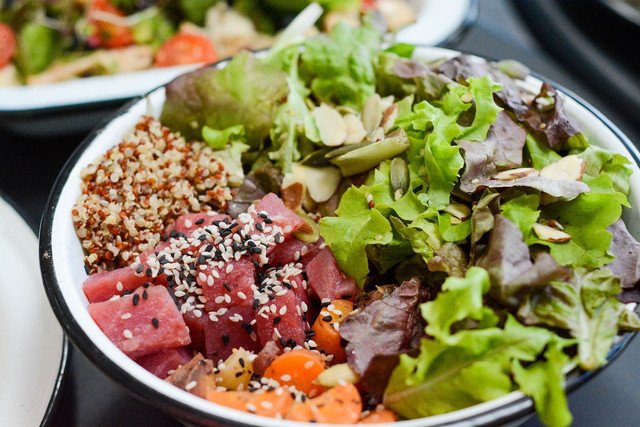


As with many environmental issues, the ethics and sustainability of quinoa production are complicated. While there are many benefits to the increased demand for the mother grain, we can’t ignore the adverse effects that its mass production has on the environment and on some people.
To support the Earth and small-share farmers, the most effective thing you can do is buy certified organic quinoa whenever possible, as well as fairtrade. If you’re unsure where to find fairtrade products near you, try using this product locater.
Quinoa is delicious and nutritious and can be used in a range of cuisines. Try making some quinoa pudding, fresh summer salads, buddha bowls or vegan chili con quinoa. Just make sure you wash your quinoa before eating it!
Read more:
- 10 Green Tips That Will Make Your Everyday Life More Sustainable
- What Is Subsistence Farming? Definition & Interesting FAQs
- What Is Sustainable Agriculture? 5 Examples and Its Benefits
Do you like this post?






